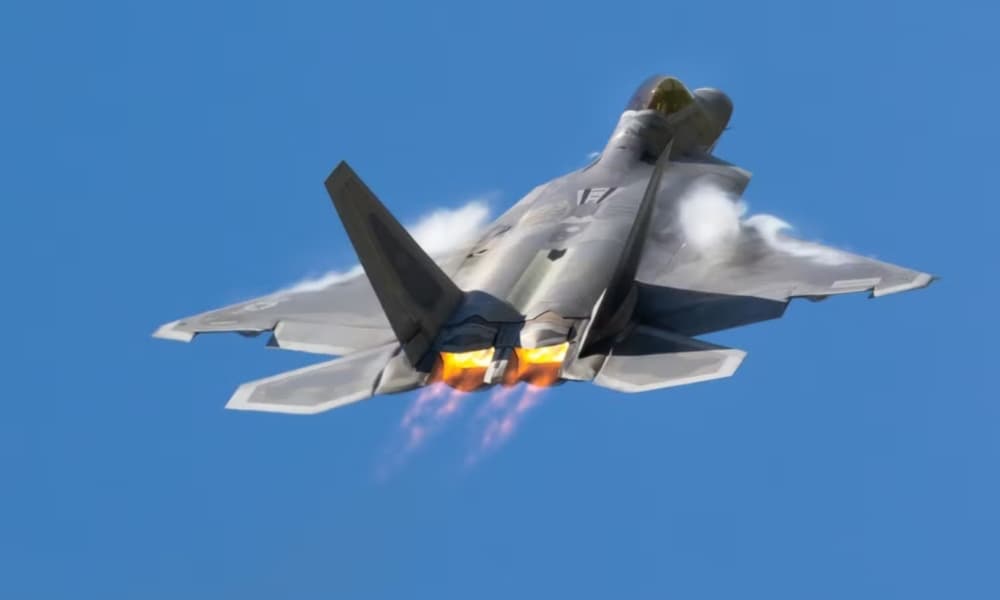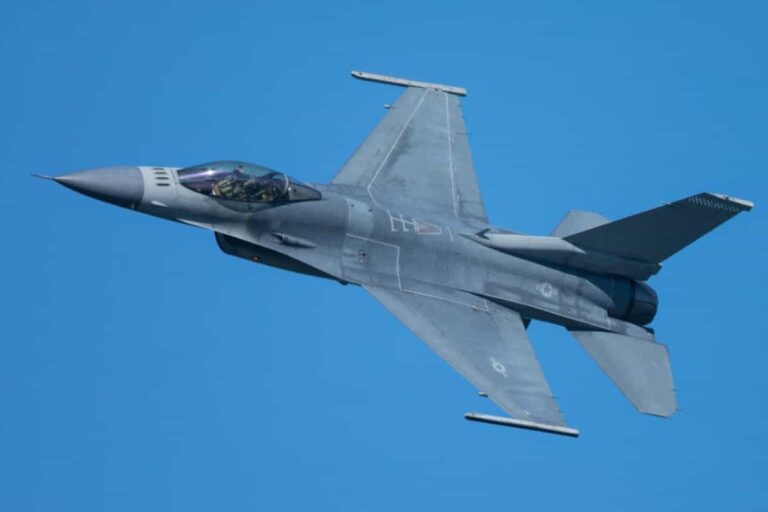Are Jets Faster Than Planes? Yes, jets are faster than planes. This simple fact shapes modern aviation. But the full story includes fascinating details about speed, design, and how various aircraft operate.
What Makes Jets Different From Planes
Jets use jet engines for more power, while propeller planes move air in a different way. This basic difference affects everything about how fast they fly.
A jet engine works by burning fuel and shooting hot gases backward. This creates powerful forward thrust. Propeller planes spin blades to push air. The propeller method has speed limits that jets don’t face.
When speeds get close to the speed of sound, propellers lose effectiveness. Jet engines keep working well at these high speeds. This is why jets reach much faster cruising speeds.
How Fast Are Jets?
Most private jets cruise between 500 to 600 miles per hour. Some models push past 700 mph. Commercial jets typically fly at 460 to 500 mph during normal cruise.
Fighter jets operate at completely different speeds. The MiG-31 Foxhound reaches Mach 2.83, which equals 1,864 mph. The F-15 Eagle hits Mach 2.5 or about 1,650 mph. These military aircraft fly three times faster than commercial planes.
The fastest jet ever was the NASA X-43. This experimental aircraft reached Mach 9.6 or 7,366 mph. But it only flew for short test periods. For regular service, the MiG-25 Foxbat holds records at 2,190 mph maximum speed.

Are Private Jets Faster Than Planes?
Private jets generally fly faster than commercial planes. A typical private jet cruises at 500 to 600 mph. Commercial airlines cruise at 460 to 500 mph. This makes private jets about 50 to 100 mph faster.
The Bombardier Global 8000 is the fastest private jet today. It reaches Mach 0.94 or 721 mph. The Cessna Citation X+ comes close at Mach 0.935 or 717 mph. The Gulfstream G700 also flies at Mach 0.935.
Size affects speed significantly. Private jets carry fewer passengers. They weigh less than commercial aircraft. This lighter weight means less drag and higher speeds.
Private jets fly at higher altitudes too. Most cruise between 41,000 and 51,000 feet. Commercial planes typically fly between 31,000 and 42,000 feet. Higher altitude means thinner air with less resistance.
Why Private Jets Are Better Than Regular Planes?
Speed isn’t the only advantage. Private jets offer several benefits over commercial aircraft.
Time Savings Beyond Speed
You avoid long security lines at private terminals. Check-in takes 15 to 20 minutes instead of 2 to 3 hours. This saves more time than faster cruise speeds alone.
Private jets access smaller airports. You can land closer to your final destination. This eliminates long drives from major commercial airports.
Direct routes save hours. Commercial flights often include layovers. A private jet flies straight to your destination without stops.
Altitude Advantages
Private jets climb faster to cruising altitude. They spend less time in lower, slower altitudes. Commercial planes take longer to reach their cruise height.
Higher altitudes avoid most weather problems. Private jets fly above storms that delay commercial traffic. This means fewer weather delays and smoother rides.
Air traffic congestion affects commercial planes more. Private jets use less crowded airspace. They face fewer holding patterns and delays.
Design Benefits
Private jets use lightweight materials. Titanium, aluminum, and composite materials reduce weight. Less weight means better speed and fuel efficiency.
The engines have better power-to-weight ratios. They generate more thrust relative to aircraft weight. This allows faster acceleration and higher top speeds.
Aerodynamic design reduces drag. Swept wings and streamlined shapes cut through air efficiently. Every design element focuses on performance.
How Much Faster Is a Private Jet Than a Commercial Plane
Private jets save about 30 to 40 percent on total travel time. This includes all phases of the journey.
For a 3-hour commercial flight, the breakdown looks like this: 2 hours at airport before flight, 3 hours flying time, 30 minutes deplaning and baggage claim. Total time equals 5.5 hours.
The same trip on a private jet: 20 minutes arrival before flight, 2.5 hours flying time (faster cruise), 10 minutes deplaning. Total time equals 3 hours.
The actual flight time difference is about 30 minutes. But the total door-to-door time difference is 2.5 hours. This shows how ground time matters as much as air speed.
Read Also: Average Speed of Fighter Jets
Fastest Fighter Jet Speed
Fighter jets are the speed champions of aviation. Current operational jets reach incredible velocities.
The MiG-31 Foxhound is the fastest fighter jet in active service. It reaches Mach 2.83 or 1,864 mph. Russia operates about 100 of these interceptors.
The F-15 Eagle comes in second for deployed aircraft. It hits Mach 2.5 or 1,650 mph. The newest F-15EX variant might reach Mach 2.9 in clean configuration.
The MiG-25 Foxbat held speed records for decades. It flew at 2,190 mph during operational missions. Most countries have retired this aircraft.
The F-22 Raptor combines speed with stealth. It reaches Mach 2.25 or 1,500 mph. It also has supercruise capability, flying supersonic without afterburners at Mach 1.82.
Fastest Private Jet
The Bombardier Global 8000 holds the top position. This aircraft officially reached Mach 0.94 during test flights. That translates to 721 mph at cruise altitude.
The Global 8000 also offers 8,000 nautical mile range. You can fly from Los Angeles to Dubai without refueling. It combines speed with incredible distance capability.
The Cessna Citation X+ held the record before the Global 8000. It still flies at impressive Mach 0.935 or 717 mph. Many consider it among the fastest civilian aircraft.
The Gulfstream G700 matches the Citation X+ at Mach 0.935. It entered service in 2024. The G700 sets new city-pair speed records regularly.
These fastest private jets cost between $60 million and $78 million. The speed comes with a significant price premium.
How Fast Is a Jet Fighter?
Fighter jets operate in different speed categories based on their role.
Interceptors focus on maximum speed. They chase down enemy aircraft and missiles. The MiG-31 specializes in this role at Mach 2.83.
Air Superiority Fighters balance speed with maneuverability. The F-15 Eagle and Su-27 Flanker both reach Mach 2.35 to 2.5. They need speed to control airspace.
Multirole Fighters prioritize versatility over pure speed. The F-16 Fighting Falcon flies at Mach 2.0. The F/A-18 Super Hornet reaches Mach 1.8. These speeds suit most combat needs.
Stealth Fighters sacrifice some speed for radar invisibility. The F-22 Raptor still reaches Mach 2.25. The F-35 Lightning II tops out at Mach 1.6.
Most fighter jets cruise at subsonic speeds to save fuel. They only use maximum speed during combat or intercept missions. High speeds burn fuel extremely fast.
What Affects Jet Speed?
Several factors determine how fast any jet can fly.
Engine Power provides the fundamental capability. More thrust means higher possible speeds. Modern turbofan engines generate 25,000 to 35,000 pounds of thrust each.
Weight affects acceleration and top speed. A fully loaded aircraft needs more power to reach high speeds. Fuel weight alone can add 50,000 pounds or more.
Altitude changes air density dramatically. Thinner air at high altitude offers less resistance. But engines also produce less thrust in thin air.
Temperature influences engine performance. Cold air is denser and provides more thrust. Hot air reduces engine power output.
Wind changes ground speed significantly. A 100 mph tailwind adds directly to ground speed. Headwinds subtract from it.
Aerodynamics determine drag levels. Swept wings reduce drag at high speeds. External fuel tanks and weapons increase drag.
Understanding Mach Speed
Mach numbers measure speed relative to sound. Mach 1 equals the speed of sound, about 767 mph at sea level.
The speed of sound changes with temperature. Cold air at 40,000 feet slows sound to about 660 mph. Warm air at sea level speeds it to 770 mph.
Subsonic means below Mach 1. Most commercial and private jets fly subsonic. They cruise between Mach 0.75 and Mach 0.95.
Supersonic means above Mach 1. Fighter jets regularly fly supersonic. They break the sound barrier during missions.
Hypersonic means above Mach 5. Only experimental aircraft reach these speeds. The X-43 flew at Mach 9.6 during tests.
Are Jets Better Than Planes?
Jets offer clear advantages for most aviation needs. Speed allows faster point-to-point travel. You reach destinations in less time. Business travelers value every hour saved.
Altitude capability provides smoother rides. Jets fly above most turbulence. Passengers experience more comfortable flights.
Range enables non-stop long-distance flights. Modern jets cross oceans without refueling. This eliminates time-consuming stops.
But propeller planes still have uses. They excel at short runways and low speeds. Bush planes and agricultural aircraft use propellers effectively.
Turboprops offer better fuel efficiency for short routes. Regional airlines use them for flights under 500 miles. They land at smaller airports jets cannot access.
Helicopters provide unique vertical capability. No jet can hover or land in tight spaces. Different missions need different aircraft types.
Read Also: Jets That Evade Radar Detection
Frequently Asked Questions
How fast are private jets compared to commercial airlines?
Private jets fly 50 to 100 mph faster than commercial planes. Private jets cruise at 500 to 600 mph. Commercial airlines cruise at 460 to 500 mph. But total trip time differences are larger due to faster boarding and direct routes.
What is the fastest private jet in the world?
The Bombardier Global 8000 is the fastest private jet. It reaches Mach 0.94 or 721 mph. The Cessna Citation X+ and Gulfstream G700 tie for second at Mach 0.935 or 717 mph.
How fast is a fighter jet?
Fighter jets range from Mach 1.6 to Mach 2.83. The MiG-31 Foxhound is fastest at 1,864 mph. The F-15 Eagle reaches 1,650 mph. Most modern fighters fly between 1,200 to 1,500 mph maximum.
Can private jets fly faster than commercial planes?
Yes, private jets typically fly faster than commercial aircraft. They cruise 50 to 100 mph faster. They also climb to altitude quicker and access more direct routes.
Why are fighter jets so fast?
Fighter jets need speed for combat effectiveness. They intercept enemy aircraft, avoid missiles, and control airspace. Powerful engines and lightweight design enable these high speeds.
How much does the fastest private jet cost?
The Bombardier Global 8000 costs about $78 million. The Gulfstream G700 runs about $75 million. The Cessna Citation X+ cost around $23 million when in production.
Are jets safer than propeller planes?
Both jet and propeller aircraft maintain similar safety records. Modern aviation is extremely safe regardless of engine type. Proper maintenance and pilot training matter more than engine design.
What is the speed of sound?
The speed of sound is approximately 767 mph at sea level. It varies with temperature. At 40,000 feet, sound travels about 660 mph due to colder air temperatures.
Conclusion
Jets are definitely faster than propeller planes. This speed advantage comes from fundamental engine design differences. Jet engines create more thrust and work better at high speeds.
Private jets fly faster than commercial aircraft. The speed difference runs 50 to 100 mph during cruise. Total travel time savings are even greater when including ground operations.
Fighter jets represent the ultimate in aircraft speed. They fly two to three times faster than civilian jets. The fastest reach speeds approaching 2,000 mph.
Speed matters for business travel and military operations. Every hour saved increases productivity. But the best aircraft depends on your specific needs and mission requirements. For more information, visit Crew Daily.


